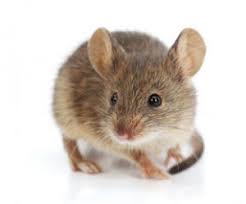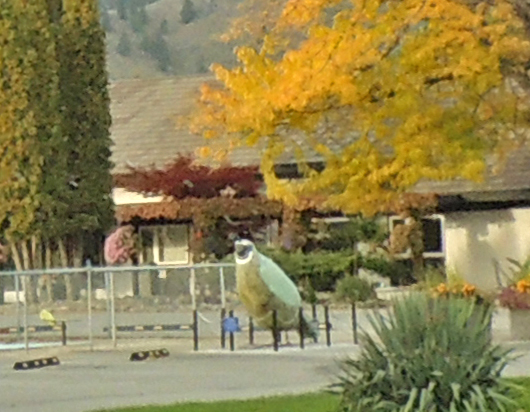Today I put dry chopped up leaves into my garden to keep the winter weeds down and add organic matter to my sandy soil in the spring. I noticed that some of my strawberries had leapt overboard from the raised bed and were looking for a new home. To dig them up I moved the long board that lay alongside the raised bed (this board once helped to anchor the netting I had over the strawberries).
I pulled the board forward and found hazelnut shells, all empty, and all opened from the top (not cracked and left in two halves).
The stash of hazelnuts went down the whole length of the raised bed.
Each one was empty. Each one opened the same way, with the top eaten out, presumably by something with a small jaw and sharp teeth.
Not my Lincoln then. That squirrel would have hidden and stashed the nuts, possibly buried some near the trees where he sleeps, and the shells would have been cracked lengthwise.
Some weeks back I had seen a mouse in the strawberry bed, but this was a huge stash for a little mouse.
“It wasn’t me. Really, it wasn’t.”
My main suspect is Templeton (E.B.White’s rat). Since Charlotte’s Web, every rat in the world is named Templeton.
He is very brazen, but he’s cute, don’t you think? Once he tried to build a nest in our old truck. That was not so cute. He even went for a ride in it and came back without falling out. We had known he was in there but couldn’t get him out (until much later). After the Captain drove to the wharf to check the boat and came back home, Templeton was still hidden in a space in front of the door hinge.
“How do you like my new digs?”
So tomorrow I’ll go out to the strawberry bed and see if there is a tunnel dug through my newly added leaves that I put over the entrance at the side of the treasury board.
And then … we’ll see.

































































